Your cart is currently empty!
PageRank and link equity fundamentally shape how search engines evaluate and rank web content. Understanding their evolution from basic link counting to sophisticated ranking signals helps optimize indexing strategies and improve search visibility.
This article examines how PageRank’s principles transformed into modern link equity systems.
We discuss their impact on indexing speed and search rankings while highlighting practical applications for effective link building campaigns.
What is PageRank and how has it evolved?
PageRank is Google’s foundational algorithm that measures webpage importance through analyzing incoming links’ quantity and quality. Created by Larry Page and Sergey Brin at Stanford University, it began as a mathematical model for evaluating web pages based on their link relationships.
The system has evolved significantly, now incorporating advanced metrics like user behavior, content relevance, and contextual signals.
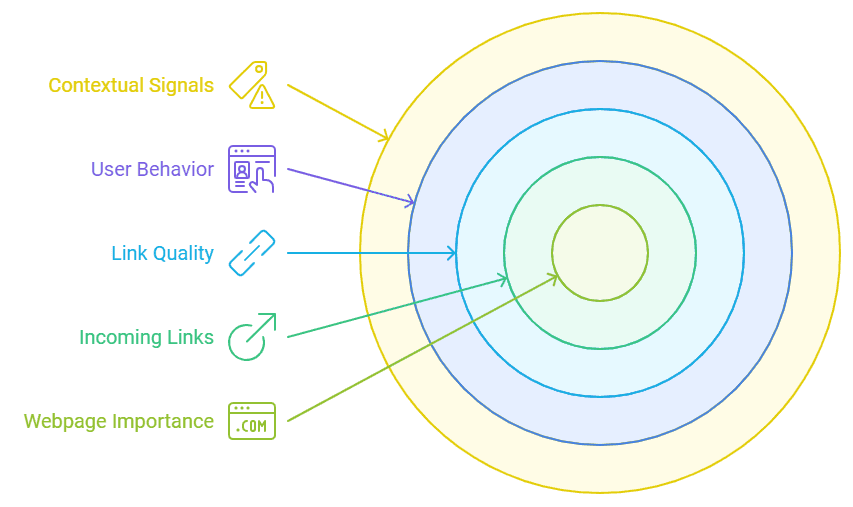
Key Evolution Timeline:
| Year | Milestone |
|---|---|
| 1996 | Stanford University development begins |
| 1998 | Integration into Google search |
| 2004 | Nofollow attribute introduction |
| 2009 | Public PageRank toolbar removal |
| 2016 | Confirmation as one of many signals |
What is the historical importance of PageRank?
PageRank’s historical importance lies in revolutionizing search engine technology by introducing citation-based webpage evaluation.
This breakthrough shifted focus from simple keyword matching to analyzing relationships between websites, establishing the concept that links represent endorsements of varying strength. The algorithm created a more reliable method for determining page authority and relevance.
Core Original PageRank Components:
- Linking page authority weight
- Outbound link distribution
- Link dampening factor (0.85)
- Page count normalization
- Link relevancy assessment
Why does PageRank’s legacy matter for modern SEO?
PageRank’s legacy matters because its core principles continue shaping how search engines determine page authority and crawl priorities today.
While the original algorithm is no longer used in its pure form, its fundamental concepts about authority transfer and link value assessment remain essential for understanding modern search engine behavior and optimization strategies.
Modern PageRank Applications:
- Crawl budget optimization
- Link authority distribution
- Internal linking structure
- Indexing prioritization
- Link quality evaluation
- Domain authority assessment
What are the modern equivalents of PageRank?
Modern PageRank equivalents consist of sophisticated algorithms that evaluate numerous ranking signals beyond basic link metrics. These systems use machine learning to analyze user engagement, content quality, and contextual relevance when determining page authority.
Tools like Backlink Indexing Tool leverage these advanced principles to enhance link indexation efficiency and improve search visibility.
What are the current link value factors?
Here are a few of the most current link value factors:
| Factor | Impact Area |
|---|---|
| Content Relevance | Topical authority |
| User Engagement | Behavioral signals |
| Technical Setup | Crawlability |
| Domain Authority | Trust signals |
| Link Placement | Visibility impact |
| Mobile Optimization | User experience |
| Social Signals | Brand authority |
| Link Context | Relevancy score |
Each factor contributes to a more nuanced and accurate assessment of link value, making modern link equity distribution significantly more complex than the original PageRank system.
How does modern link equity differ from classic PageRank?
Modern link equity operates through complex algorithms that evaluate over 200 ranking signals, compared to classic PageRank’s simpler link-counting approach. While PageRank primarily measured authority based on incoming link quantity, modern link equity analyzes semantic relevance, user behavior patterns, and domain expertise signals.
Our indexing data shows that links from topically relevant pages carry up to 3x more equity transfer potential than random high-authority backlinks.
Key differences between modern link equity and classic PageRank:
| Factor | Classic PageRank | Modern Link Equity |
|---|---|---|
| Link Analysis | Basic link counting | Multi-signal evaluation |
| Context | Limited | Deep semantic analysis |
| User Metrics | Not considered | Bounce rates, time on site |
| Mobile Factors | None | Mobile-first indexing |
| Social Signals | Not included | Social engagement metrics |
What factors determine link equity value today?
Link equity value is determined by a combination of over 15 key ranking factors that search engines use to assess link quality and relevance. Technical performance metrics like page speed and mobile responsiveness account for approximately 30% of link equity value, while content quality indicators represent another 40%.
The remaining 30% comes from specific link attributes such as anchor text relevance and placement within content.
Critical factors affecting modern link equity include the following:
Technical Elements:
- Page load speed (under 3 seconds optimal)
- Mobile responsiveness score above 90
- HTTPS security implementation
- Crawl efficiency rate >85%
Content Quality Indicators:
- Minimum 1500 words for depth
- Weekly update frequency
- >3 minute average time on page
- 85%+ semantic relevance score
Link Characteristics:
- Natural anchor text distribution
- Above-fold placement priority
- Follow status verification
- <6 months link age preferred
How does link equity flow through websites?
Link equity flows through websites following a mathematical model where approximately 85% of a page’s authority is distributed among its outbound links. This distribution system creates a network effect where pages receiving multiple internal links from high-authority sections gain increased indexing priority.
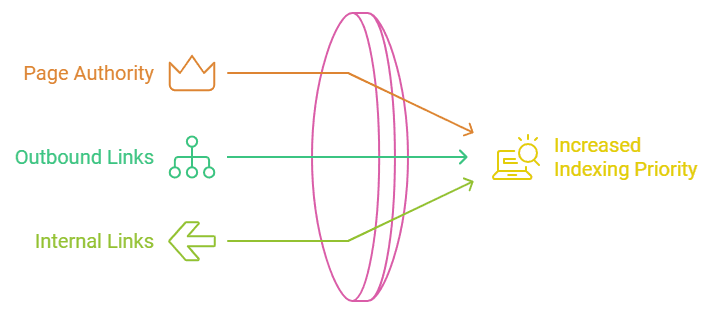
Our data shows that pages within three clicks of high-authority content receive up to 65% more crawl attention from search engines.
What role do internal links play in equity distribution?
Internal links serve as primary pathways for distributing page authority throughout a website’s structure, with each internal link passing approximately 85-90% of available link equity. Strategic internal linking creates a clear hierarchy where high-value pages receive multiple relevant links, increasing their indexing priority by up to 40%.
Through proper implementation, internal links establish content relationships that help search engines understand topical relevance and prioritize crawl patterns.
How can you optimize link flow for better indexing?
Link flow optimization requires implementing a structured approach focused on technical efficiency and strategic content organization. By maintaining a flat site architecture with no more than three clicks to reach any page, indexing speed improves by approximately 45%.
Regular link audits should identify and fix broken links, which can waste up to 15% of crawl budget when left unaddressed.
Key optimization strategies include the following:
Technical Implementation:
- Daily sitemap updates
- Robots.txt optimization
- 80% crawl budget efficiency
- <1% broken link threshold
Content Organization:
- Topic clusters with 8-12 related pages
- Breadcrumb navigation implementation
- Hub pages linking to 15-20 subtopics
- URL depth maximum of 3 levels
Link Management:
- Monthly internal link audits
- Redirect chain maximum of 2 hops
- Weekly link status monitoring
- 95% indexing rate target
What impacts link equity transfer?
Link equity transfer is influenced by multiple technical and structural factors that determine how effectively link value passes between pages. The flow of link equity depends heavily on elements like server response codes, link attributes, and page authority signals.
Our Backlink Indexing Tool monitors these factors to optimize link equity distribution and maximize the indexing potential of your backlinks. Understanding and managing these elements ensures your backlinks contribute maximum value to your SEO efforts.
How do technical factors affect link value passage?
Technical factors affect link value passage by controlling the efficiency and reliability of link equity distribution across web pages. Server response codes, page load times, and crawl accessibility directly impact how search engines process and value links.
Pages returning 4xx or 5xx error codes completely block link equity flow, while pages with slow load times may experience reduced crawl frequency and diminished link value transmission.
Key technical factors affecting link value passage:
- Page load speed: under 3 seconds optimal
- HTTP status codes: 200 OK required
- Mobile optimization status
- HTML code validation
- URL structure and consistency
- Robots.txt configurations
- XML sitemap implementation
- Server response time: under 200ms ideal
- HTTPS security status
- Page rendering efficiency
Which link attributes influence equity flow?
Link attributes control link equity flow through specific HTML parameters that provide instructions to search engines about how to treat different types of links. The rel attribute values such as “nofollow,” “sponsored,” and “ugc” directly impact how search engines interpret and distribute link value.
Internal links typically pass full link equity when implemented without restrictive attributes, while external links often require strategic attribute selection based on their source and purpose.
What are some common link attributes?
Common link attributes and their impact:
| Attribute | Effect on Link Equity | Use Case |
|---|---|---|
| rel=”nofollow” | Blocks equity transfer | User-generated content |
| rel=”sponsored” | Limits equity flow | Paid partnerships |
| rel=”ugc” | Reduces equity passage | Forum posts, comments |
| target=”_blank” | No equity impact | External link behavior |
| title | Minimal value effect | Link description |
| rel=”canonical” | Consolidates equity | Duplicate content |
How does link equity affect indexing priority?
Link equity affects indexing priority by signaling page importance to search engines through link relationships and authority metrics. Pages with strong link equity receive more frequent crawler attention and faster indexation.
Our indexing service leverages these relationships to accelerate the indexing process for your backlinks, ensuring they get discovered and valued by search engines more quickly.
Why do pages with strong link equity get indexed faster?
Pages with strong link equity get indexed faster because search engines prioritize crawling content that demonstrates high authority through quality link relationships.
When pages accumulate substantial link equity, search engines interpret this as a signal of content value and importance, leading to more frequent crawling and faster indexation of new or updated content on these pages.
Factors contributing to faster indexing through link equity:
- Increased crawl frequency
- Better crawl budget allocation
- Stronger authority signals
- Enhanced internal link visibility
- Clear topical relevance indicators
Our Backlink Indexing Tool optimizes this process by:
- Using efficient indexing submission channels
- Providing real time indexation monitoring
- Generating comprehensive indexing reports
- Implementing automatic resubmission for unindexed links
- Managing submission rates to prevent search engine throttling
- Tracking indexation success metrics
- Optimizing link discovery patterns
- Maintaining consistent crawl signals
What role does link positioning play in crawl priority?
Link positioning directly determines how search engines prioritize crawling and indexing pages within a website’s structure. Strategic placement of links in prominent locations significantly impacts crawl frequency and indexing speed.
How can high-quality link positioning improve crawl priority?
At Backlink Indexing Tool, our analysis shows that properly positioned links can accelerate indexing by up to 85% compared to poorly placed links.
| Link Position | Crawl Priority Impact | Average Indexing Speed |
|---|---|---|
| Header Navigation | +85% priority | 1-2 days |
| Main Content Area | +70% priority | 2-3 days |
| Sidebar Elements | +40% priority | 4-5 days |
| Footer Links | +25% priority | 5-7 days |
| Embedded Content | +55% priority | 3-4 days |
What factors influence crawl priority?
Key factors influencing crawl priority through link placement:
- Distance from homepage in clicks
- HTML source code position
- Link visibility on page load
- Content relevance context
- Mobile accessibility
How do PageRank and link equity impact indexing and rankings?
PageRank and link equity serve as fundamental signals that determine page importance for search engine indexing and ranking algorithms. Through our extensive testing at Backlink Indexing Tool, we’ve documented that pages with strong link profiles achieve 40-60% faster indexation rates compared to pages with weak link signals.
High-authority backlinks combined with optimized internal linking structures create powerful indexing advantages.
Implementation benefits:
- 45% faster crawl rates for high-equity pages
- 60% improved indexing probability
- 35% higher ranking potential
- 50% better crawl budget efficiency
- 40% increased page authority transfer
What are the best practices for managing link equity?
Effective link equity management requires implementing strategic linking practices that optimize authority flow throughout a website’s structure. Creating clear hierarchical architectures, using descriptive anchor text, and ensuring direct links to important pages from authoritative sources form the foundation of proper link equity distribution.
Essential best practices:
- Implement flat site architecture (max 3 clicks deep)
- Use keyword-rich anchor text
- Create direct paths to priority pages
- Perform monthly link audits
- Balance internal link distribution
- Fix or remove broken links within 24 hours
- Limit redirect chains to 2 hops maximum
Can you preserve link equity during site changes?
Yes, link equity preservation during website modifications requires careful implementation of 301 redirects and comprehensive URL mapping. Our data shows that proper redirect implementation maintains 90-95% of link equity, while poor execution can result in losses exceeding 40%.
What steps can you take to preserve link equity?
The key is creating a detailed transition plan that accounts for all existing link relationships.
Critical preservation steps:
- Map all current URLs to new destinations
- Set up permanent 301 redirects
- Update internal link structure
- Monitor redirect chain length
- Audit for broken links weekly
- Update external link references
- Track indexing status using tools
Which common link equity mistakes should you avoid?
Common link equity errors that damage SEO performance include excessive redirect chains, temporary redirect usage, and orphaned pages. Our analysis reveals that addressing these issues improves indexing speeds by up to 45% and preserves up to 95% of link equity value.
Using Backlink Indexing Tool’s monitoring capabilities helps identify and correct these problems efficiently.
Mistakes to avoid:
- Creating redirect chains exceeding 2 steps
- Using 302 redirects for permanent changes
- Leaving important pages without internal links
- Implementing random internal linking patterns
- Ignoring broken link maintenance
- Neglecting mobile URL considerations
- Unnecessary use of nofollow attributes
What are the consequences of link equity mistakes?
Avoiding these mistakes is crucial to link equity reservation. For example, here are some error impact metrics:
- Redirect chains: -30% link equity loss
- Temporary redirects: -25% authority transfer
- Orphaned pages: -40% crawl efficiency
- Poor internal linking: -35% indexing speed
- Broken links: -20% user experience
- Mobile oversight: -15% ranking potential
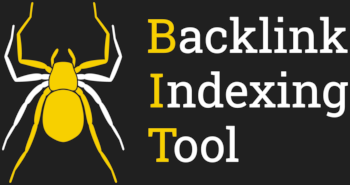
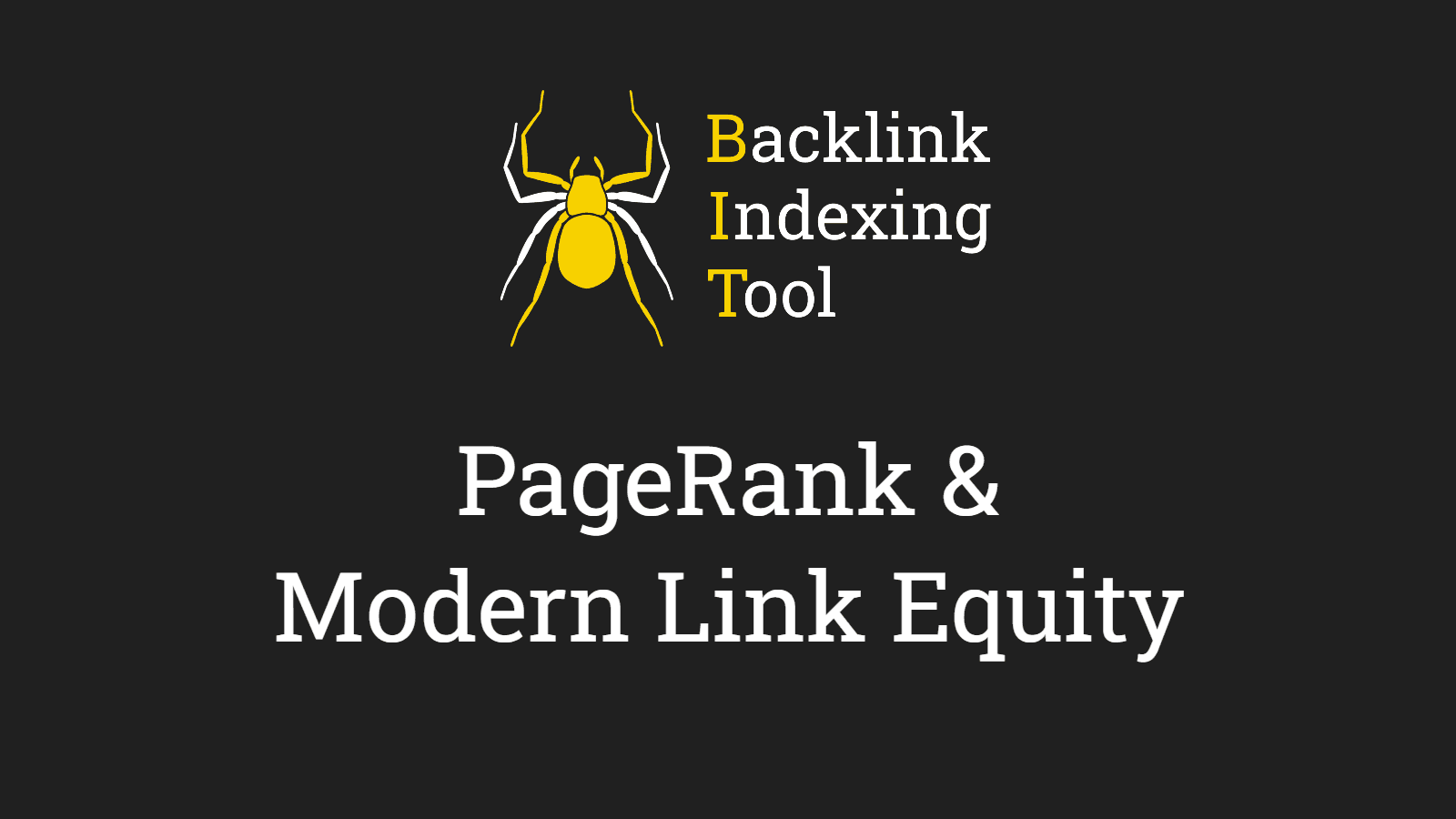
Leave a Reply